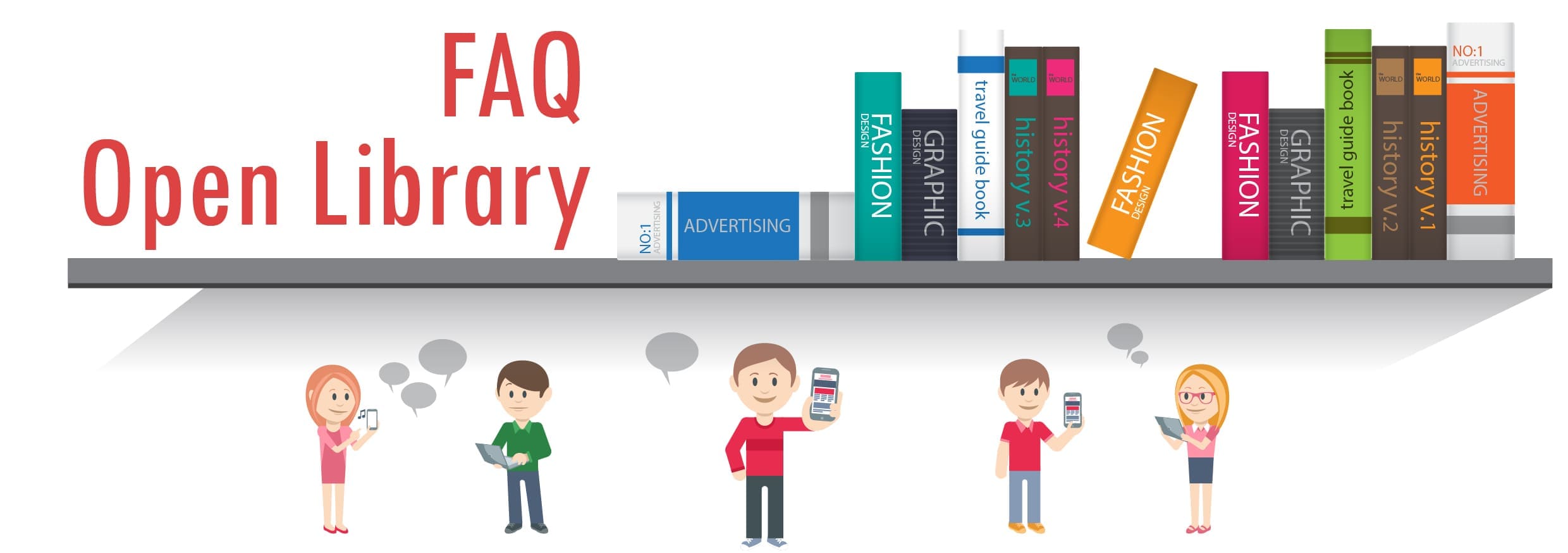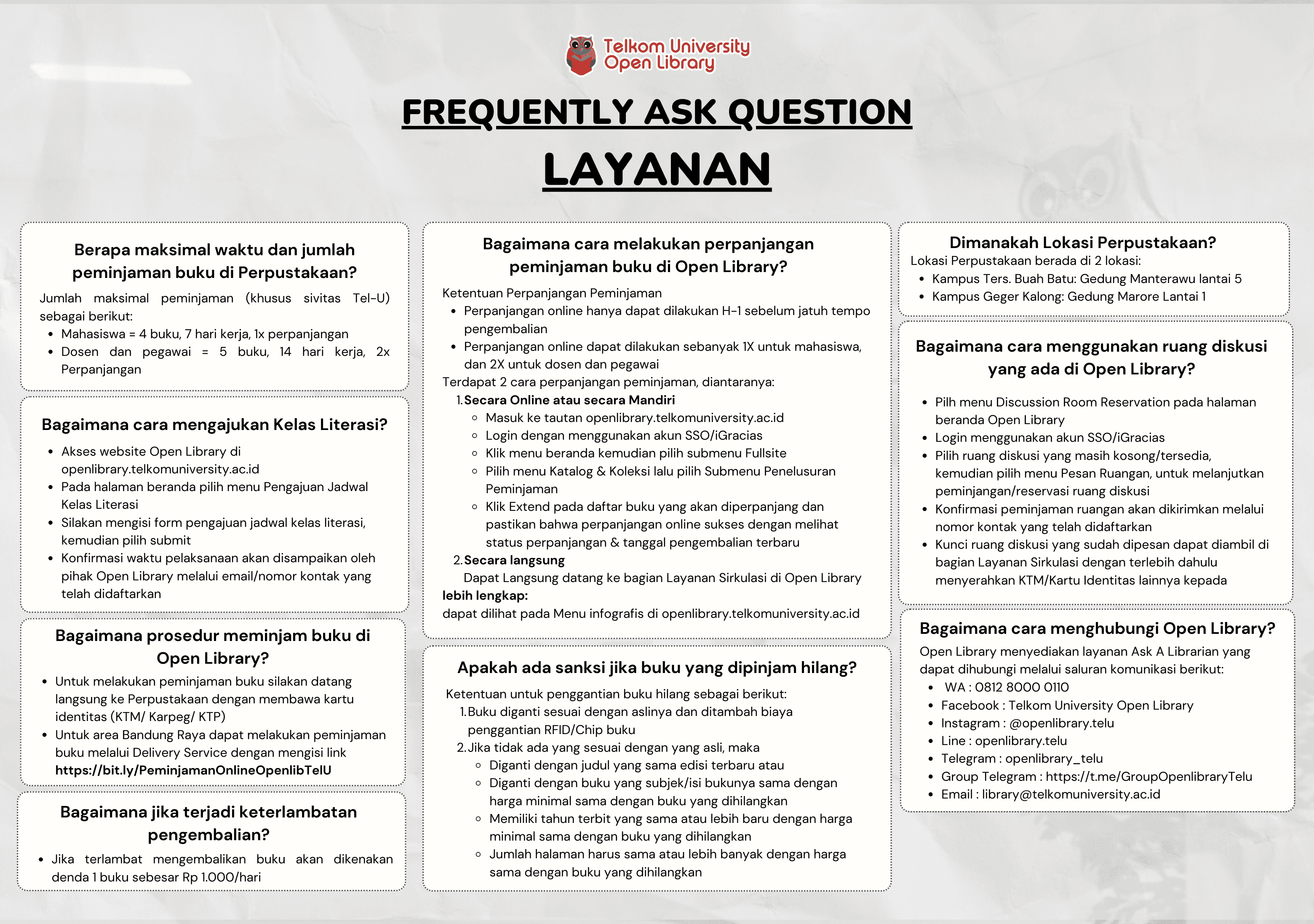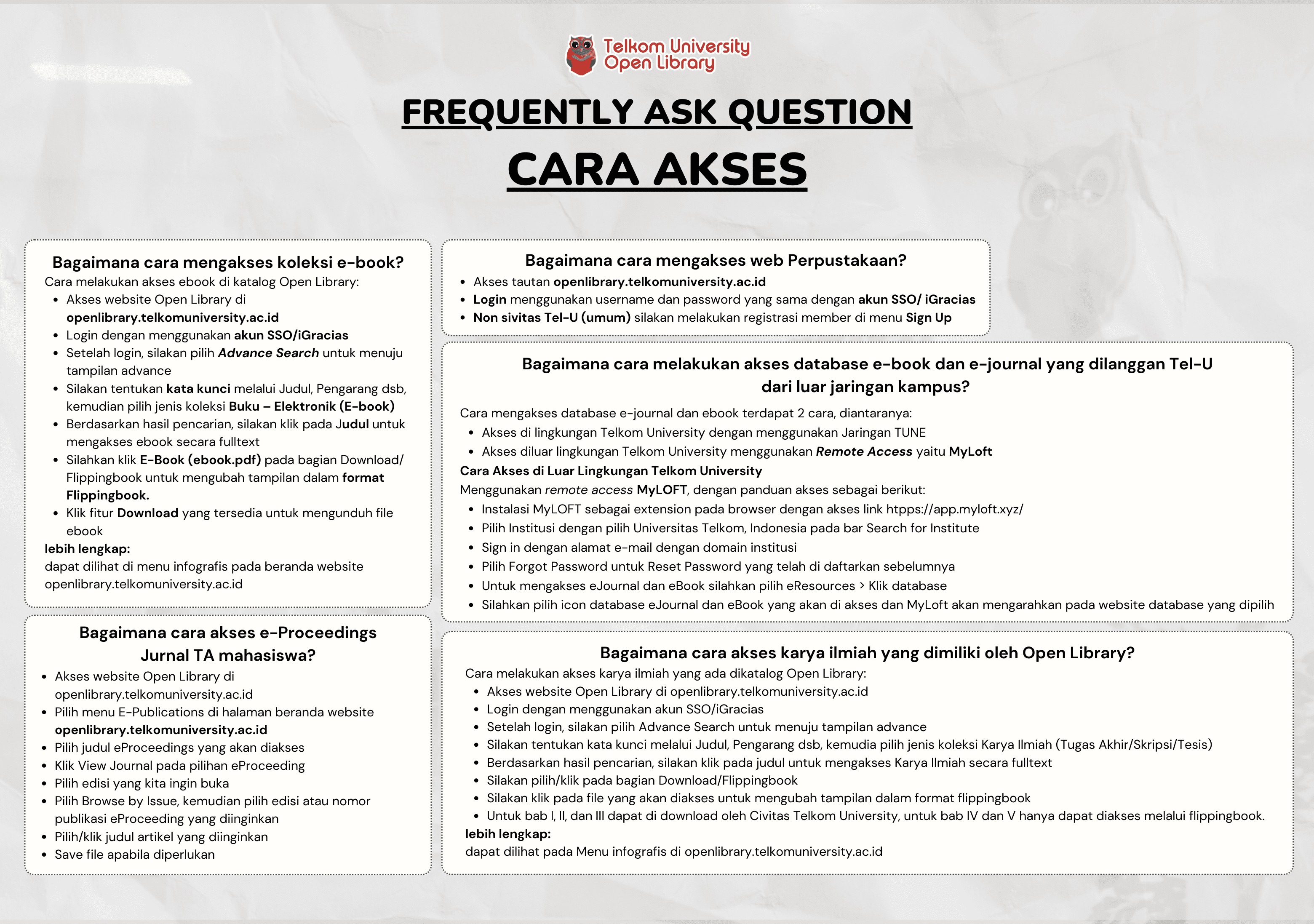Low Density Generator Matrix (LDGM)-based Raptor Codes for Broadband Internet of Things (IoT)
INES VISYERI YULIANI

Informasi Umum
Kode
19.05.014
Klasifikasi
621.382 - Communications engineering, Analog, Digital, Electronic communications, Telecommunications, Digital data and telecommunications engineering
Jenis
Karya Ilmiah - Thesis (S2) - Reference
Subjek
Telecommunication Engineering
Dilihat
305 kali
Informasi Lainnya
Abstraksi
This thesis proposes a new coding technique supporting Internet-of-Things (IoT) communications between devices and relay stations or base stations (BS). The new coding scheme is based on Raptor codes ensemble with Low Density Generator Matrix (LDGM) codes as the precode, called LDGM-Raptor codes, which is expected to be suitable for future IoT systems. This is possible because the proposed coding scheme requires low computational complexity with high reliability. The utilization of LDGM as the precode is because of its property on low encoding/ decoding complexity leading to its potential applications, e.g., (i) for the error correction in each device called channel coding, and (ii) for the error correction in the networks, which is called network coding.
This thesis considers LDGM-Raptor codes for channel coding for IoT devices with broadband communications that requires very low latency and good performances supported by optimal degree distributions. The degree distributions of LDGM-Raptor codes are designed optimally using Extrinsic Information Transfer (EXIT) chart in order to meet requirements of wireless broadband IoT communications. Since LDGM-Raptor codes are constructed from two basic coding schemes having four degree distributions, the optimization on four degree distributions is then required. Furthermore, to minimize the outage probability over broadband wireless channels, this thesis considers the design of LDGM-Raptor codes having degree distributions suitable for multipath Rayleigh fading channels. The design of LDGM-Raptor codes is also analyzed using EXIT chart to predict its theoretical bit-error rate (BER) performances.
A series of computer simulation is conducted to validate the theoretical performances predicted by EXIT chart. We use soft decoding algorithm in order to obtain high performances compared to the hard decoding scheme. To evaluate the performances of broadband channel, we use Indonesia channel model developed for the fifth telecommunication generation (5G) system having rich number of paths. The results show that excellent performances are provided by the proposed LDGM-Raptor codes as predicted by the EXIT charts. The computational complexity of the proposed codes is also evaluated for practical purposes. The results of this thesis are expected to contribute the development of future massive wireless IoT networks.
Keywords: Internet of Things, Massive connections, Raptor Codes, LDGM, Low Computational Complexity
- TT5223 - PENGOLAHAN SINYAL DIGITAL LANJUT & APLIKASI
- DU5112 - PROSES STOKASTIK
- TT5212 - SISTEM KOMUNIKASI DIGITAL LANJUT
- TT5213 - TEORI INFORMASI & PENGKODEAN
- TTI6F3 - SISTEM KOMUNIKASI DIGITAL LANJUT
Koleksi & Sirkulasi
Seluruh (1) koleksi tidak tersedia
Anda harus log in untuk mengakses flippingbook
Pengarang
| Nama | INES VISYERI YULIANI |
| Jenis | Perorangan |
| Penyunting | KHOIRUL ANWAR, NACHWAN MUFTI A. |
| Penerjemah |
Penerbit
| Nama | Universitas Telkom |
| Kota | Bandung |
| Tahun | 2019 |
Sirkulasi
| Harga sewa | IDR 0,00 |
| Denda harian | IDR 0,00 |
| Jenis | Non-Sirkulasi |




















